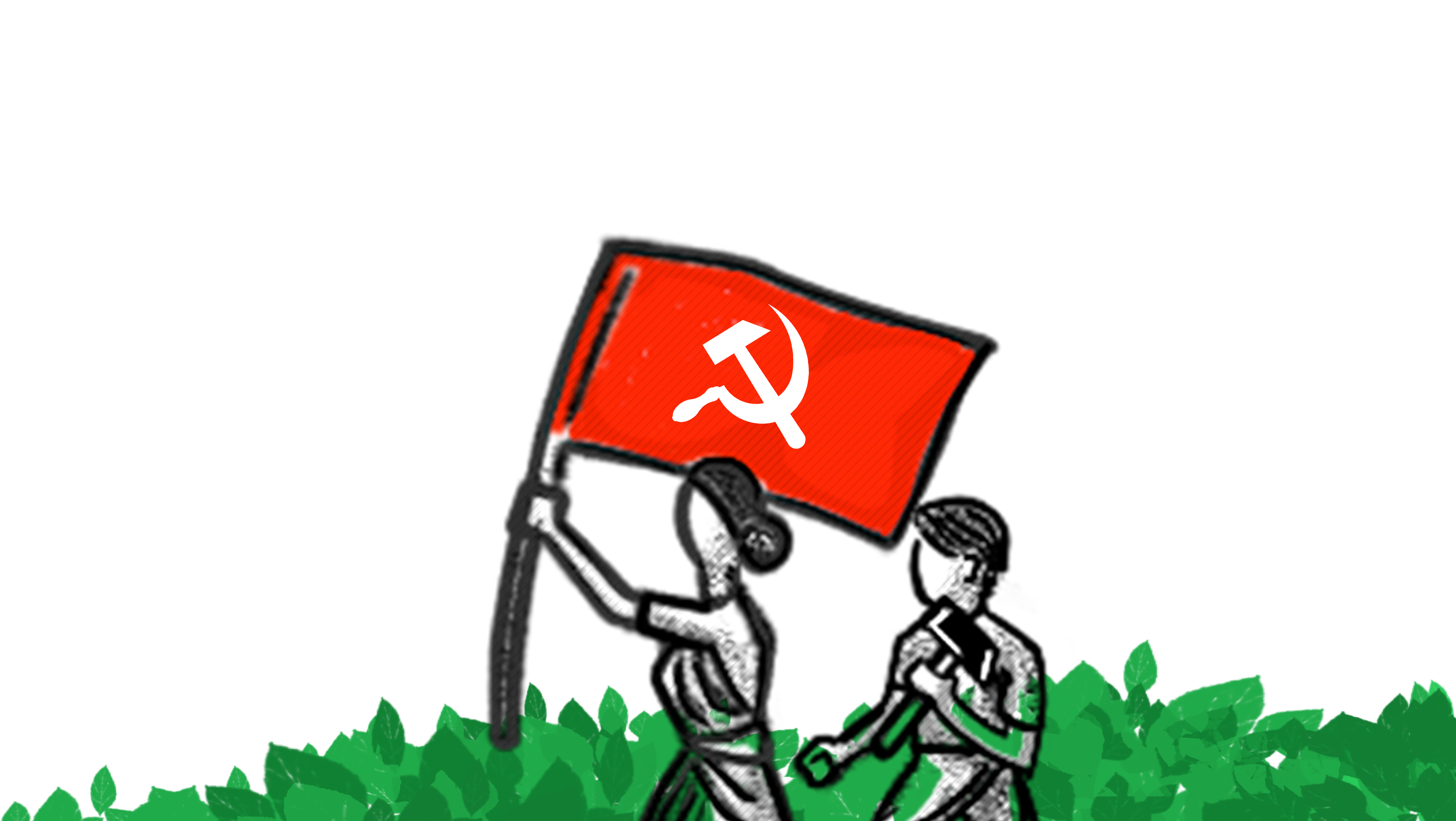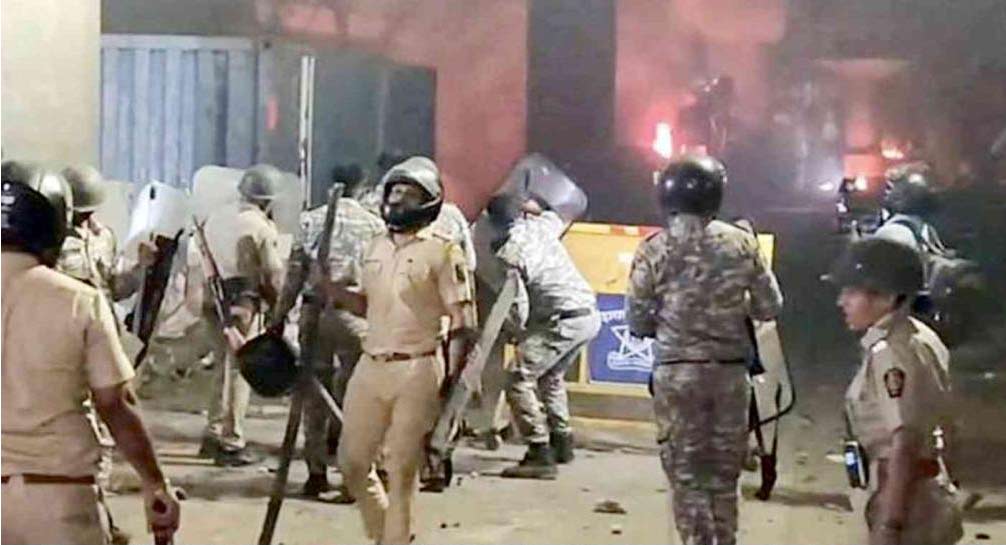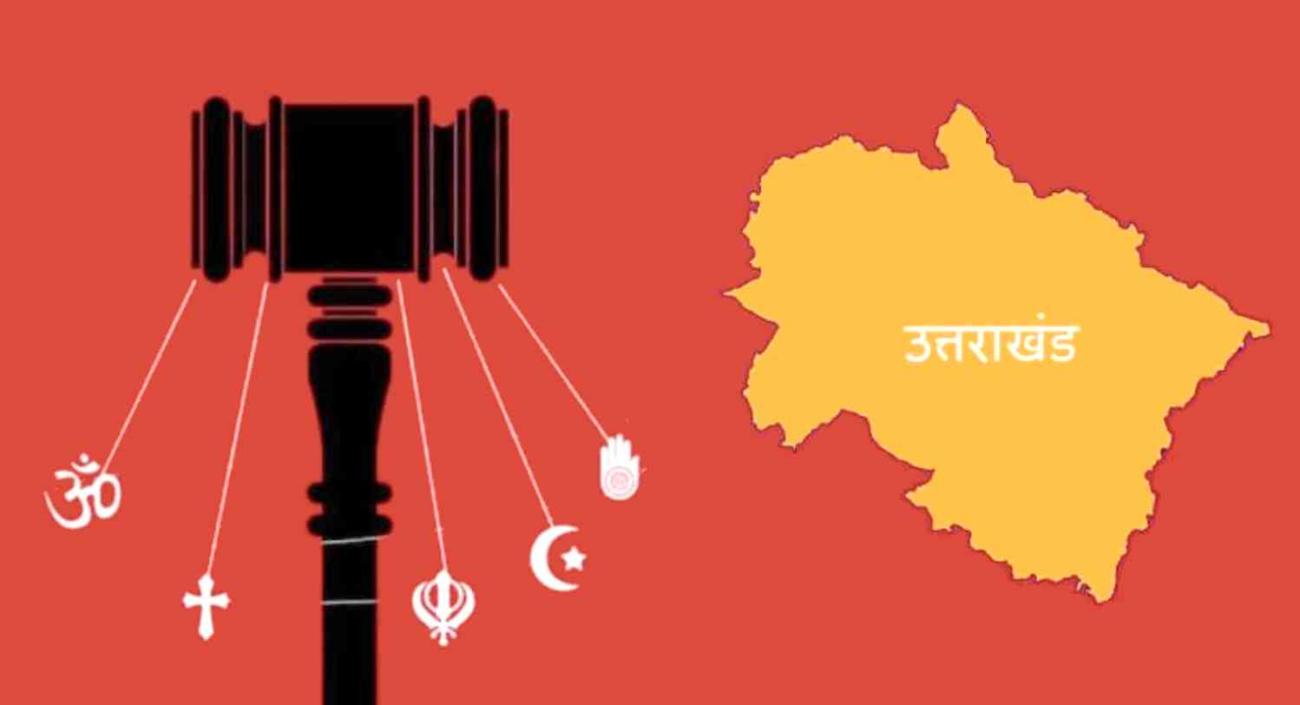The US insisted that emerging countries like China, India, Brazil and South Africa should further open up their markets in agriculture and industrial goods, but was not ready for any quid pro quo. On the contrary, very recently it has imposed extra tariffs on cheap Chinese tyres and wants China and India, the two biggest emerging countries, to join the so-called zero-for-zero tariff elimination talks on chemical, industrial and industrial engineering products. Beijing has already conveyed its rejection of this demand, even as New Delhi remains ambivalent.
The stalemated Geneva meeting and the preceding ministerial meeting hosted by New Delhi in early September must be understood in the context of the pressures and pulls of the prevailing international situation. Still reeling heavily under the impact of the continuing global recession, the US and other advanced capitalist countries have begun pressing for a quick conclusion of the Doha round. Launched in 2001 as a Development Round, it has so far witnessed considerable resistance by the developing world to the advanced capitalist worlds design to grab bigger shares of the global agricultural and industrial market. The initial idea of concluding the round by 2005 proved impossible and the new timeframe of 2010 too looks next to impossible after the Geneva setback. In July 2008 the round had reached a virtual deadlock, and with elections round the corner, the UPA government tried to project this deadlock as an incontrovertible proof of its commitment to the crisis-ridden Indian peasantry.
Back in power, however, the UPA government hosted an informal mini ministerial meeting in Delhi on September 3-4 to re-energise the Doha round. The Delhi meeting was marked by Indias attempt to bring in services as a negotiable item alongside the ongoing agenda of agriculture and non-agricultural market access (NAMA). This move -- endorsed by the US but not favoured by most developing countries suggests readiness on the part of the UPA government to give greater concession in areas of agriculture and/or NAMA.
On its part, the US has started categorizing India as an advanced developing country or advanced emerging economy, and coupled with the strategic recognition of India as a regional power, this is clearly aimed at inducing India to play a more responsible role to help bring the Doha round to a successful conclusion from the point of view of the US-led developed world. The Delhi meet came as another instance to show that India was only too willing to oblige.
Not that the US is so powerful that there is no alternative to the path of appeasement. Back in 2002 Brazil filed a case against the United States on cotton subsidies. In 2004, the WTO ruled in Brazils favour, but the U.S. government continued with its subsidies by using all kinds of tricks and arm-twisting. Now the World Trade Organisations Dispute Settlement Body has ruled again that the U.S. cotton subsidies violated various elements of the Agreement on Agriculture and caused serious prejudice� to potential exports of cotton of other countries (including Brazil) by depressing prices. It therefore allowed Brazil to retaliate, to suspend concessions or other obligations� on U.S. trade equivalent to up to $147.3 million (103 million euros) a year. The punishment is insignificant in proportion to the economic offences committed against Brazil and other nations, but even that is grudged by the US.
At a time when the advanced economies are all adopting protectionist measures to save their own economies in the face of the ongoing recession, allowing them to make greater inroads in Indias agricultural and industrial market can only prove disastrous for the working people of India. The UPA government must be stopped from further jeopardizing the livelihood of the working people in the name of saving global trade.





